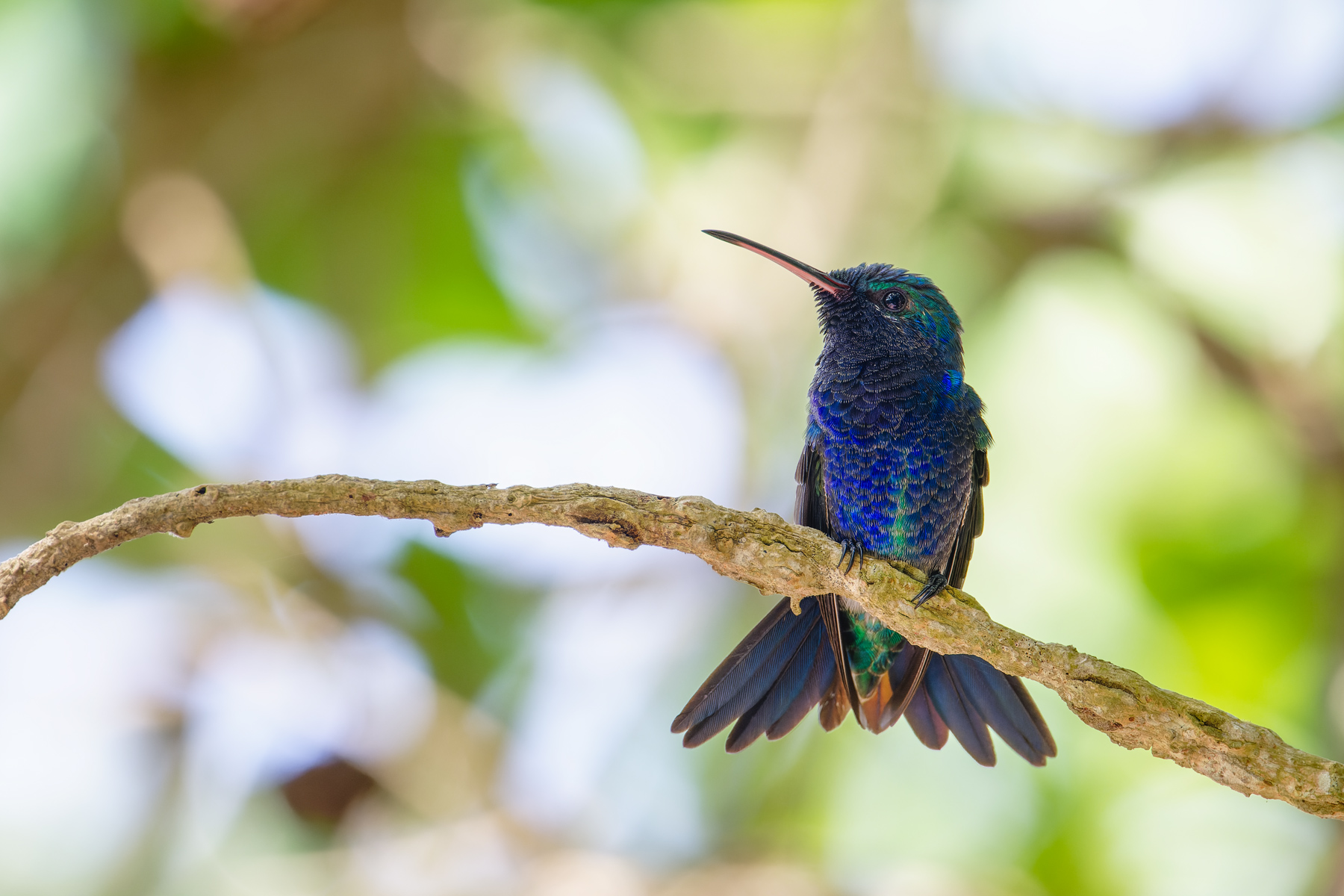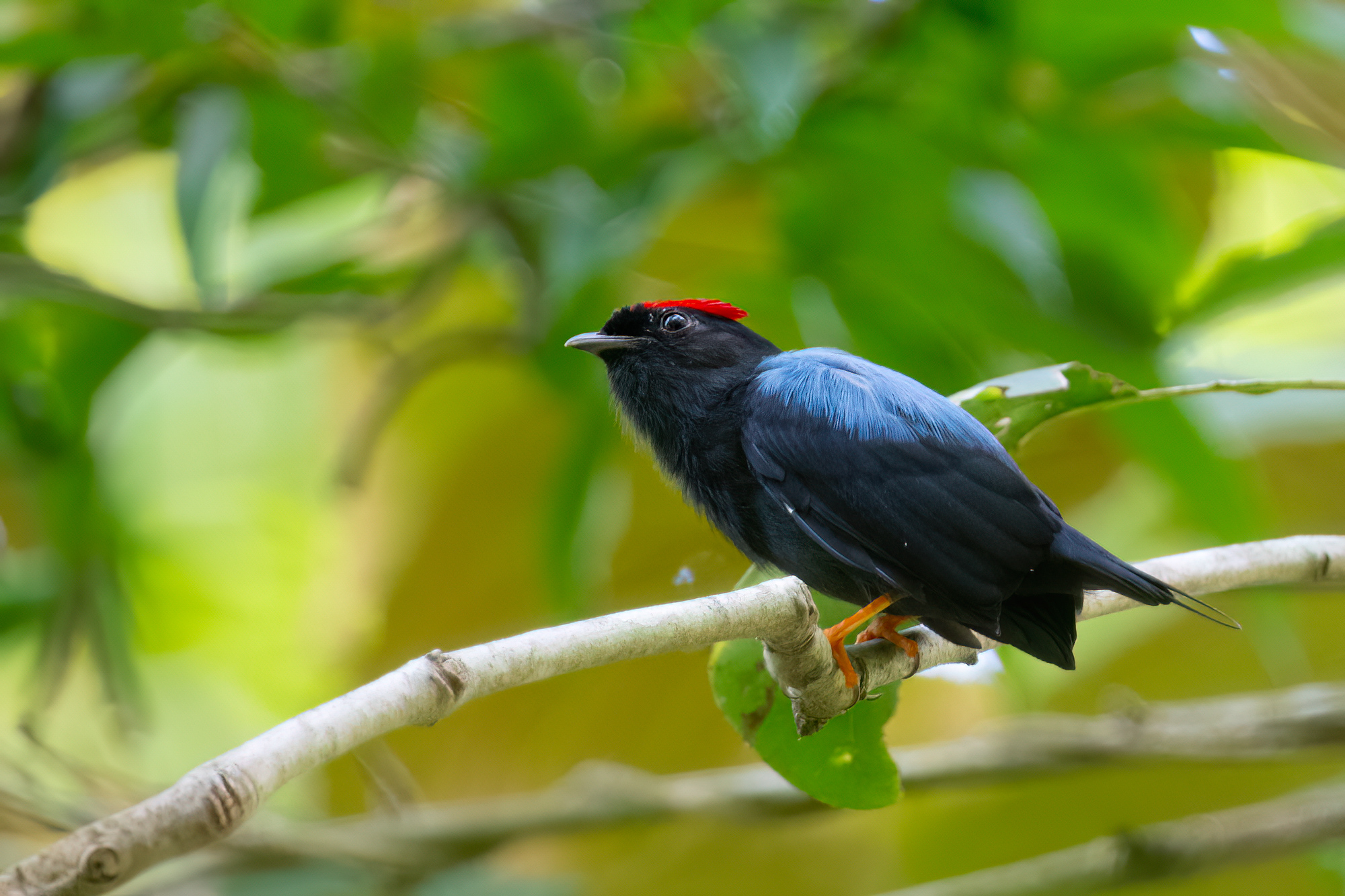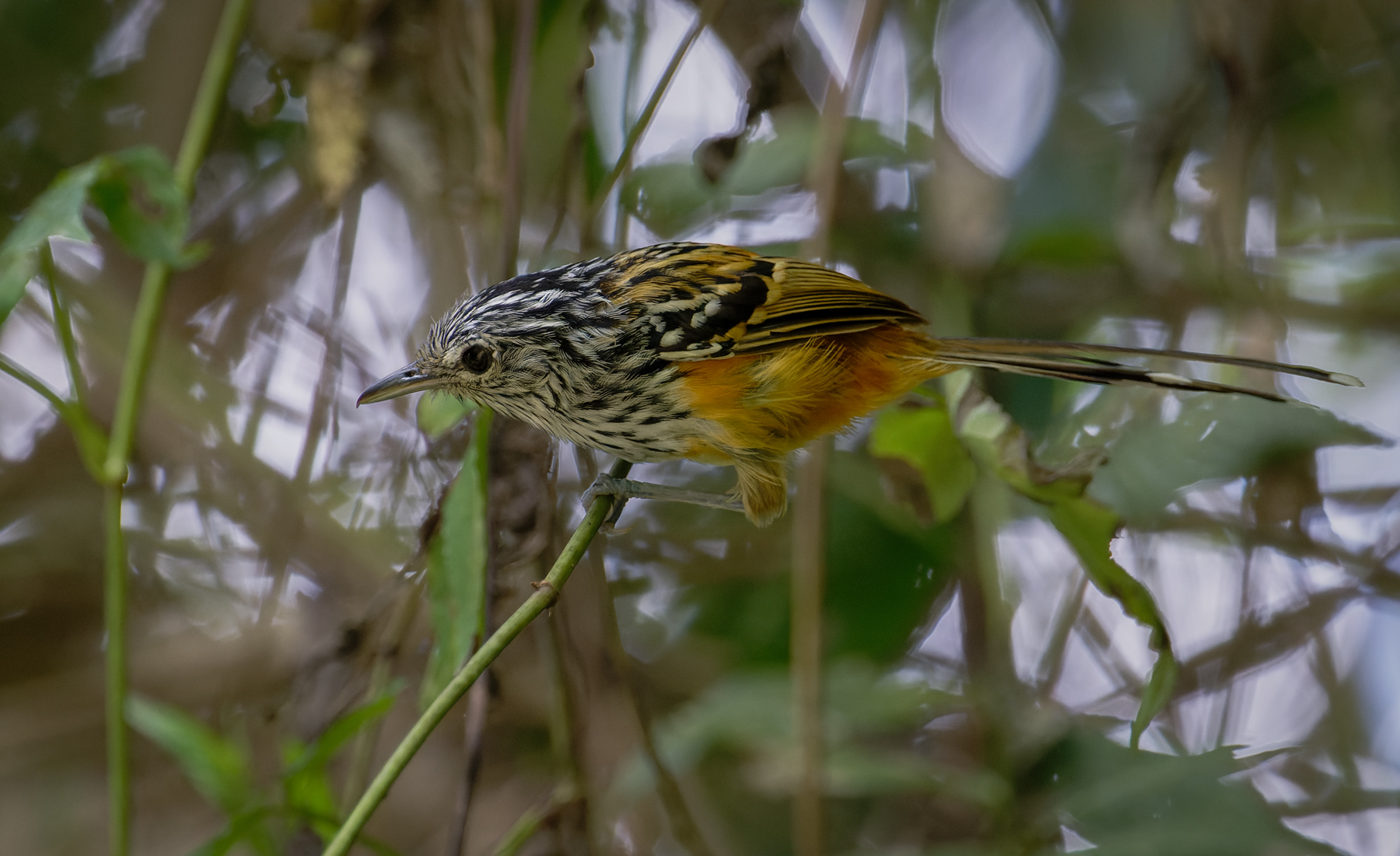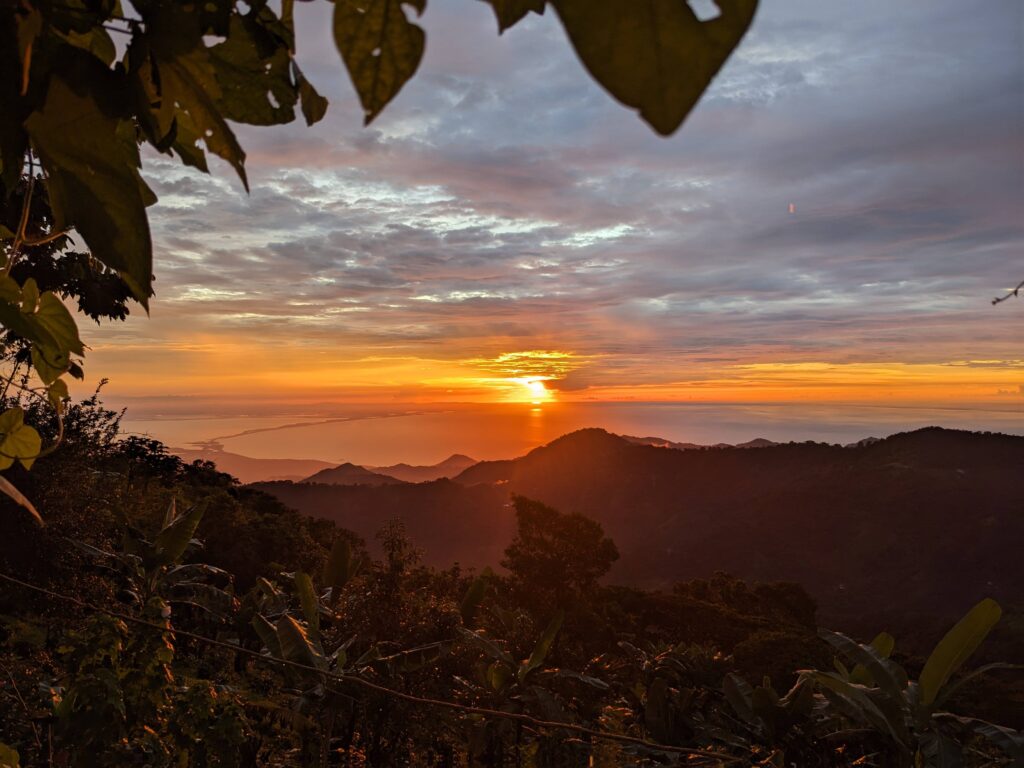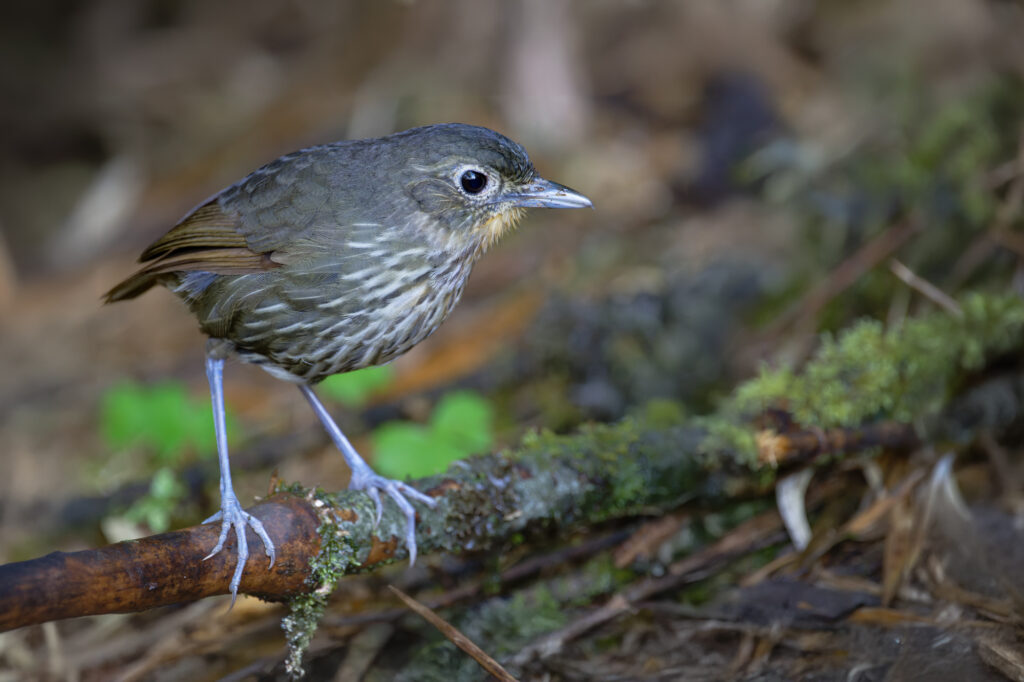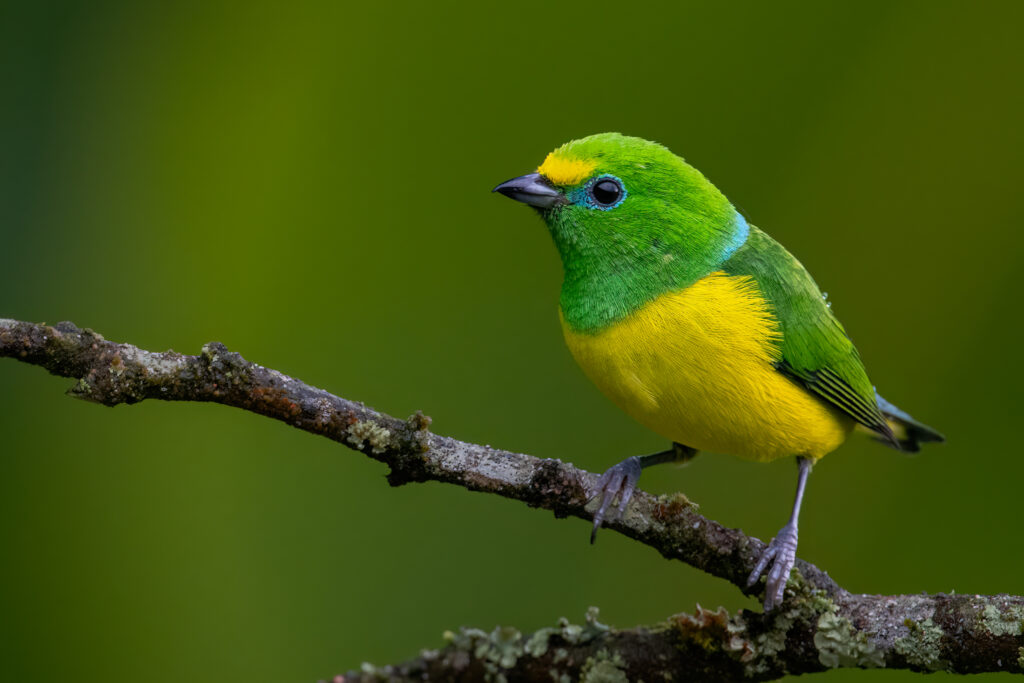
It’s simple, the Santa Marta Mountains are home to the highest concentration of endemic birds in the continental Americas. This, plus the very dry and tropical dry forests of northern Colombia, creates the perfect scenery for a memorable trip. Enjoy the views of the Caribbean sea and its white-sand beaches which lie under the vigilance of the Santa Marta mountains.


